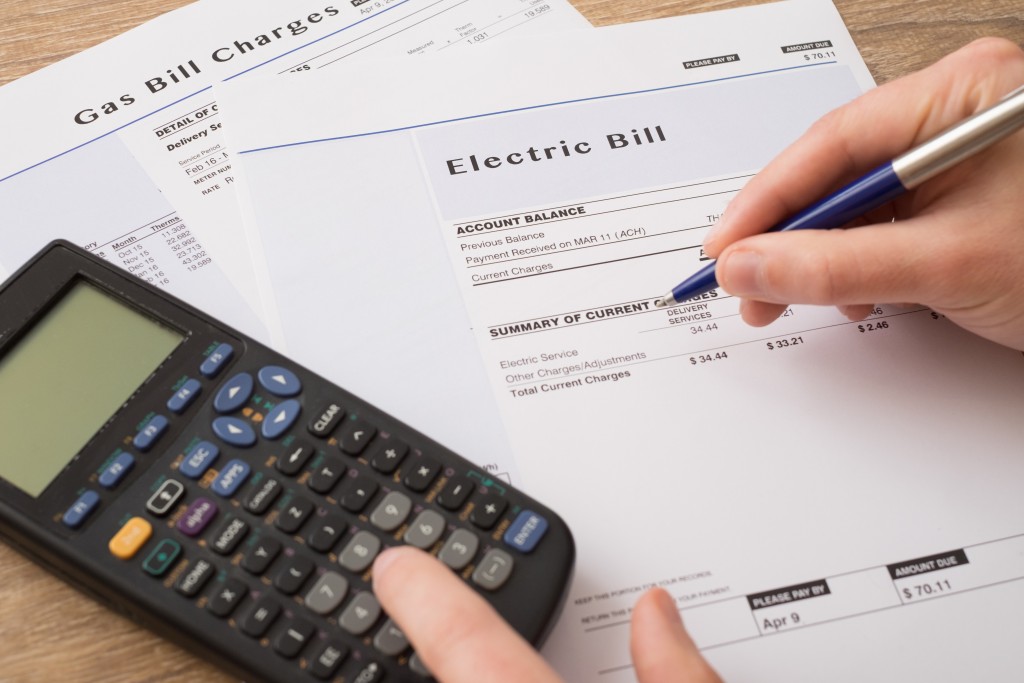The summer heat can often leave you with little choice but to exhaust all cooling options. Even if it means receiving a higher energy bill.
Fortunately, there are ways to beat the heat without resorting to such drastic measures. Below are a few suggestions on how you can keep costs down while keeping cool.
Installing central air conditioning
Running individual air conditioning (AC) units in a number of rooms can easily add up to your energy costs.
Additionally, a single AC unit can only focus on cooling a single room or area. So while other household members are enjoying cool air in one area, others may already be sweating profusely.
However, a central air conditioning installation can be more cost-effective.
For one, central air systems can effectively manage humidity levels throughout all areas of the house. Central air conditioning also utilizes less electricity by maintaining one consistent temperature in the home.
Another benefit of central air conditioning is its space-saving feature. These systems can be installed outdoors, away from direct view.
Smart thermostat management
There’s only so much air conditioning can do. Ultimately, you need to find ways to adjust thermostat settings efficiently.
For instance, when you turn on the AC for the first time in any given day, don’t set the thermostat to the coldest setting possible. Give the machine time to warm up. If you frequently force it to cool things down right away, it could result in damage or higher energy expenses.
Since you won’t be at home all the time, set the thermostat to a higher temperature setting when you’re out at work. Using a smart or programmable thermostat can help you automatically identify time slots where higher or lower temperatures are preferred.
Consider adding window attachments

According to the Department of Energy (DOE), over 70 percent of sunlight that hits standard double-pane windows become heat. Considering the number of windows that are present in a home, that’s an easy way to quickly build up heat.
One way to counter the heat build-up is installing solar screens. These window attachments are great at minimizing total heat gain, as well as deflecting ultraviolet damage and glare. There are a few ways to install them — fixed panels or roller shades, for example — and they can add another layer of aesthetics to any room.
If you have an outdoor area, an awning is a good option to go with. Not only will it help protect the home’s interior from heat, it can also make outdoor activities in the patio or deck bearable amid the summer heat.
Install efficient lighting
Natural light from the sun isn’t the only thing that can generate heat in your home. Your light bulbs could also contribute to overall heat build-up.
Efficient lighting in the form of LED lights can produce significantly less heat — compared to traditional incandescent and halogen bulbs. According to the DOE, traditional fixtures release about 80 to 90 percent of their energy as heat.
So if you have older lighting fixtures, now may be a good time to replace them. Additionally, LEDs are more energy efficient — consuming less electricity while producing brighter light.







